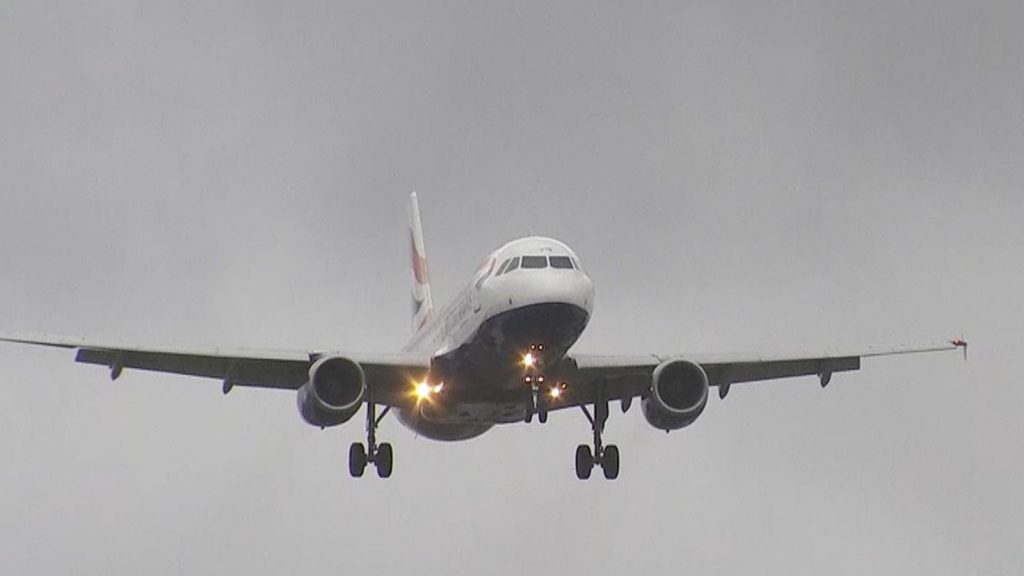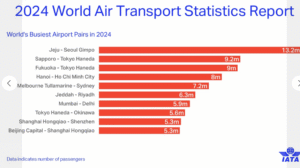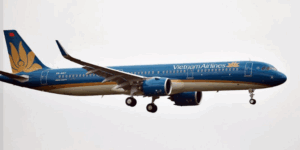Majority of people to travel less for leisure, business in the post-pandemic world

Travel BIz News —
Majority of the people seem reluctant to travel more for leisure and business in the post-pandemic world, according to a traveler survey report of International Air Transport Association (IATA).
A majority of travelers surveyed plan to return to travel to see family and friends (57 per cent), to vacation (56 per cent) or to do business (55 per cent) as soon as possible after the pandemic subsides.
But, 66 per cent said that they would travel less for leisure and business in the post-pandemic world.
A total of 64 per cent indicated that they would postpone travel until economic factors improved (personal and broader).
While nearly half of those surveyed (45 per cent) indicated they would return to travel within a few months of the pandemic subsiding.
Overall, the survey results demonstrate that people have not lost their taste for travel, but there are blockers to returning to pre-crisis levels of travel.
The International Air Transport Association (IATA) released public opinion research recently in Geneva showing the willingness to travel being tempered by concerns over the risks of catching COVID-19 during air travel.
Concerns for travel during COVID-19
Travelers are taking precautions to protect themselves from COVID-19 with 77 per cent saying that they are washing their hands more frequently, 71 per cent avoiding large meetings and 67 per cent having worn a facemask in public.
Some 58 per cent of those surveyed said that they have avoided air travel, with 33 per cent suggesting that they will avoid travel in future as a continued measure to reduce the risk of catching COVID-19.
Travelers identified their top three concerns at the airport as : Being in a crowded bus train on the way to the aircraft, queuing at check-in/security/border control or boarding, using airport restrooms facilities. Their concerns on board aircraft are – sitting next to someone who might be infected, using toilet facilities and breathing the air on the plane.
When asked to rank the top three measures that would make them feel safer, 37 per cent cited COVID-19 screening at departure airports, 34 per cent agreed with mandatory wearing of facemasks and 33 per cent noted social distancing measures on aircraft.
Passengers themselves displayed a willingness to play a role in keeping flying safe by – undergoing temperature checks, wearing a mask during travel, checking-in online to minimize interactions at the airport, taking a COVID-19 test prior to travel and sanitizing their seating area.
The survey also pointed to some key issues in restoring confidence where the industry will need to communicate the facts more effectively.
Travelers’ top on board concerns include cabin air quality and social distancing .
There is no requirement for social distancing measures on board the aircraft from highly respected aviation authorities such as the US Federal Aviation Administration, the European Union Aviation Safety Agency or ICAO.
One of the biggest blockers to industry recovery is quarantine. Some 85 per cent of travelers reported concern for being quarantined while traveling, a similar level of concern to those reporting general concern for catching the virus when traveling.
Among the measures that travelers were willing to take in adapting to travel during or after the pandemic, only 17 per cent reported that they were will willing to undergo quarantine.
“People are clearly concerned about COVID-19 when traveling. But they are also reassured by the practical measures being introduced by governments and the industry under the Take-off guidance developed by the International Civil Aviation Organization (ICAO). These include mask-wearing, the introduction of contactless technology in travel processes and screening measures. This tells us that we are on the right track to restoring confidence in travel. But it will take time. To have maximum effect, it is critical that governments deploy these measures globally,” said Alexandre de Juniac, IATA’s Director General and CEO.
The 11-country survey, conducted during the first week of June 2020, assessed traveler concerns during the pandemic and the potential timelines for their return to travel.
This is the third wave of the survey, with previous waves conducted at the end of February and the beginning of April. All those surveyed had taken at least one flight since July 2019, according to IATA statement.
IATA represents some 290 airlines comprising 82 per cent of global air traffic.
July 9 , 2020
Image courtesy: Sky News














